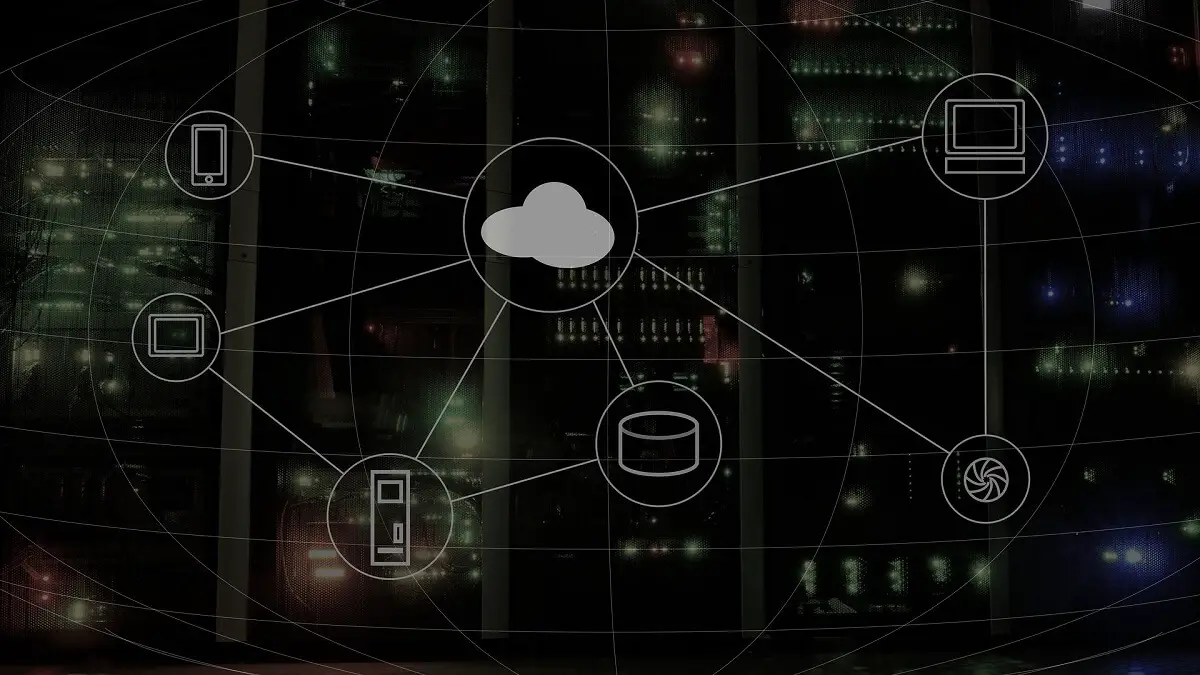In this article, we’ll compare different cloud computing service models that may play an integral role in your company’s digital transformation strategy: Platform as a Service (PaaS), Software as a Service (SaaS), Desktop as a Service (DaaS), and Infrastructure as a Service (IaaS).
Each of these “as-a-service” models deliver different levels of complexity, cost-savings, functionality and flexibility.
If your business is looking to move from a legacy-based system to a cloud system, you’ll need to understand the basic differences between PaaS, Saas, IaaS and DaaS models to determine which cloud strategy aligns with your business needs.
Table of Contents
Cloud Computing Service Models
In general, a cloud service model is a subscription-based service where the customer is responsible for varying levels of deployment, configuration, and management depending on the chosen as-a-service model.
Platform as a Service (PaaS)
PaaS cloud computing services are tools people use to develop and run web applications. PaaS includes all the standard elements like storage, servers, networking, and other development tools that automatically manage the applications.
Through PaaS, you can build and maintain new cloud-based applications for your specific business use case, from the point of development and testing to the final step of launching and updating.
Thanks to these services, app developers can focus on growing and advancing their applications without worrying about the back-end work.
There are a lot of benefits to PaaS platforms, such as the fact that they are cost-effective as you would not require extra software and tools to maintain your application.
Moreover, the time you save by not focusing on the maintenance actions that the PaaS provider takes care of instead of you, you can spend on further developing the app and getting it up and running much faster.
PaaS platforms also come with many extra resources that tend to make your work easier.
Examples of PaaS
Software as a Service (SaaS)

SaaS allows the user to access software and data online from multiple devices. The service provider is the one that also is responsible for all development, management, upgrading and hosting.
SaaS products are typically available at a low monthly fee and provide solutions for applications in HR, finance, inventory management, project management, CRMs, document management, and much more.
Throughout the years, the use of the SaaS model has become quite widespread, with most businesses and organizations currently using technologies under this model.
There are a lot of benefits of a SaaS platform, such as the ease of customization for the technology to work seamlessly with other technological tools.
Moreover, a SaaS solution tends to offer a certain type of flexibility to businesses since they can adjust the use of these services and their cost based on the size of their team and their specific needs.
Companies only have to pay for the services they use, keeping operating costs at a minimum, while they can also expand the number of people that get access to these services as their team grows.
SaaS Examples
There are so many SaaS examples for businesses, but here are a few of the most popular:
Desktop as a Service (DaaS)
Another service model that involves a pay-as-you-go subscription plan, DaaS, is related to the type of technology known as desktop virtualization. It creates a virtual version of a desktop environment that is separate from the user’s actual device and can be accessed from any other type of device.
Businesses use DaaS because it has a lot of benefits that relate to more simplified management processes, offer extra flexibility, and lower operating costs. Moreover, the ease of access is an essential aspect of DaaS.
People can easily log in to their virtual desktop from any device and access all the current data and applications available. For example, a business’ employee can still access the company’s virtual desktop even when they are not at the office, from their own personal computer at home.
Desktop as a Service Examples
- Amazon Workspaces
- Citrix DaaS
- Cloudalize Workstations
- Evolve IP
- Azure Virtual Desktop
- Google Virtual Desktops
Infrastructure as a Service (IaaS)
This service model is perhaps the most essential cloud computing service model. This is because it offers all the standard resources like servers, storage, and networking. Like most other service models, IaaS is also based on a subscription-type of plan.
The cloud computing service models are often thought of as layers on a stack, with each new one getting on top of the other and complimenting all the ones that came before.
In this example, IaaS could be seen as the very first layer in a stack.
IaaS Examples
Related: 7 Hardware-as-a-Service (HaaS) Examples for Modern Businesses
What Are the Main Differences?

As mentioned earlier, many of these service models already include some of the capabilities of the other ones, basically getting two in the form of one. IaaS offers the central infrastructure with servers, networking, etc. In addition to the platform, a PaaS solution also provides the capabilities of IaaS, while SaaS offers the capabilities of PaaS, along with software.
For individuals looking for a wide variety of capabilities and customization, service models such as IaaS, DaaS and PaaS are often preferred over SaaS. This is because SaaS usually provides only a small number of online applications, unlike DaaS, which offers an entire virtual desktop to the user.
Furthermore, SaaS application users will have to collect and store data themselves, while in DaaS, this happens automatically. Generally, SaaS is considered the most user-friendly service model due to its simple and easy system and the fact that it requires very little maintenance.
PaaS gives the ability to have a large number of users using the system. For this reason, businesses tend to prefer it over others. However, one of its drawbacks is that users can’t always work together on projects when they are in different locations.
Unlike other service models, IaaS gives the user access to the back end. That means that it requires more effort from the user regarding maintenance, making it unsuitable for individuals looking for more user-friendly options. However, companies looking for more affordable but standard resources prefer the IaaS provider solution due to its standard capabilities.
In terms of security, DaaS is considered a more reliable cloud application service. However, much like IaaS and PaaS, it is not always very user-friendly. Furthermore, it’s generally affordable price often makes it a preferred option for businesses with a lower budget.
Conclusion
Each cloud computing model has its benefits. However, some options might be better than others, depending on the user’s preferences.
A SaaS product is the most simple and easy-to-use option, while the IaaS solution offers primary resources at an affordable price. On the other hand, DaaS is a cloud solution that provides more customization, but PaaS allows t ability to build and scale applications for a larger user base.



